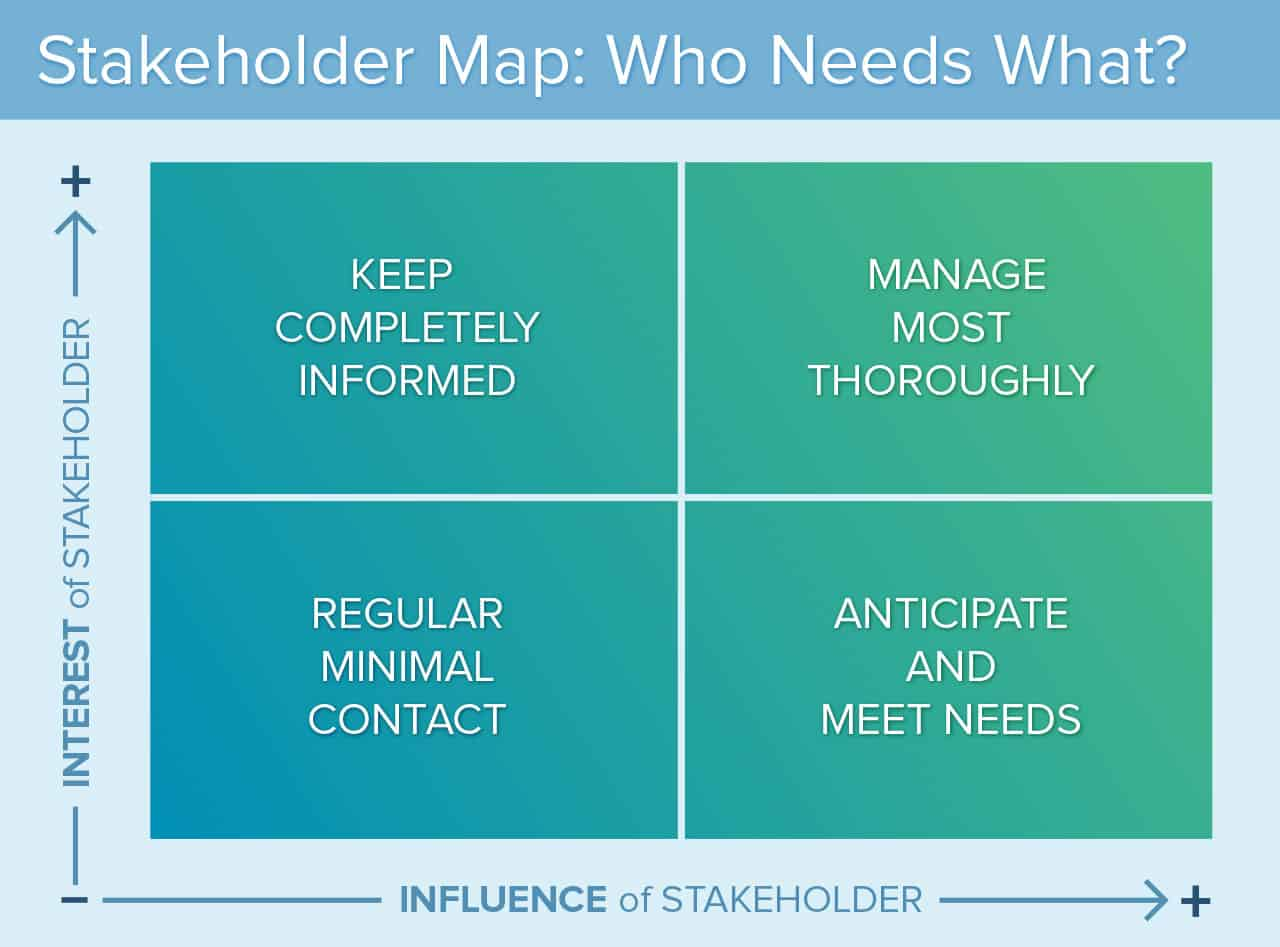A stakeholder is anybody with an interest in the business.
Starbucks Stakeholders:
- Employees
- Shareholders
- Customers
- Government
- Suppliers
- Local community
- Competitors
- Pressure groups
- Charities
Stakeholders can be categorized as either internal or external. An internal stakeholder is part of the business, whereas an external stakeholder is not.
Internal:
- Employees
- Shareholders
External:
- Customers
- Suppliers
- Local Community
- Competition
- Charities
- Pressure groups
Stakeholder needs should be considered when making decisions. This can help to avoid resistance to change.
- Businesses use stakeholder mapping to help inform decision-making
- Stakeholder mapping the relative power of each stakeholder group against the degree of interest
- This helps inform managers pm how important each stakeholder group is and therefore how involved they should be in the decision-making process.

| Stakeholder | Example of needs |
|---|---|
| Customers | Product or service |
| Employees | Good pay |
| Shareholders | Dividend Payments |
| Government | Tax and Regulations |
| Community | Respect local area |
| Suppliers | Frequent sales |
| Financial Institution | Loan repayments |
Influences on the relationship with stakeholders
- Leadership style
- Mission and objectives including:
- Financial
- Social
- Ethical
- Environmental
- Stakeholder power and interest
- Market conditions including competition
- External influences (eg, legislation)
- Business Form
Decision-making
Hunch
- Based on intuition, gut feel and experience
- Key benefit - very quick!
- But hard to justify for business decisions involving significant risk.
Scientific
- Based on data and analysis
- Downside: time-consuming and costly; no guarantee of the right decision.
- Increasingly common and automated, supported by Big Data and data analytics
Decision-making is continued here